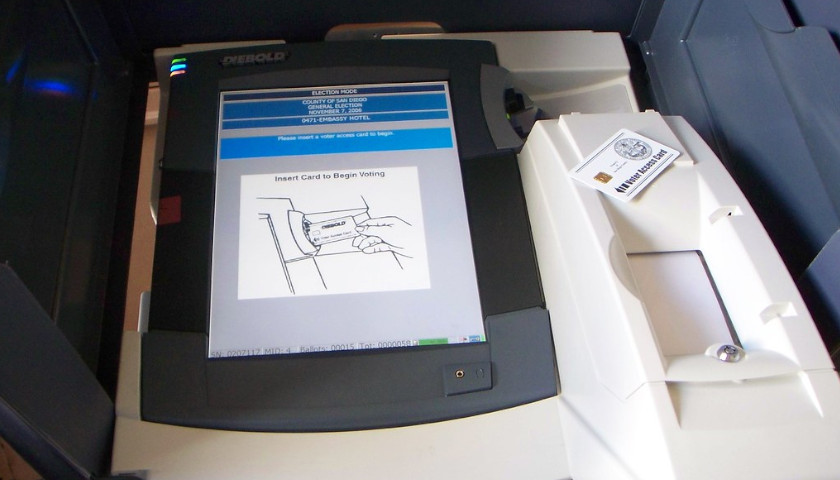by Brent Addleman
Climate mitigation and expanding renewable energy programs are tucked inside two key pieces of climate change legislation that have now been signed, Connecticut Gov. Ned Lamont said.
The governor announced early Tuesday afternoon that Senate Bill 10 and Senate Bill 176 which bring together the state’s commitment to decarbonizing the electric grid and widening renewable energy programs in an attempt to halt climate change.
“Connecticut is a leading state when it comes to mitigating the impacts of climate change, and these new laws will help to further accelerate progress on our greenhouse gas emissions goals,” Lamont said in the release. “By codifying our zero-carbon electric grid target into state law, we are providing a critical direction for public agencies, utility companies, and other partners as we collectively plan and implement Connecticut’s energy policies over the coming years.
“Expanding our renewable energy programs will allow for greater and more equitable participation in the green economy and will help to reduce the energy burden for participating customers, particularly those with low-to-moderate incomes.”
The governor-sponsored Senate Bill 10, known as an Act Concerning Climate Change Mitigation, codifies into law a 2024 goal for a zero-carbon electric grid. The goal was established in 2019 through Executive Order No. 3. By signing the legislation, policymakers and the electricity sector will now share the objective of transitioning away from natural gas and oil for power.
Senate Bill 176, known as an Act Concerning Clean Energy Tariff Program, widens existing programs that are designed to support renewable distributed power generation, or small, renewable power generation that is located on site to aid in reducing the energy burden of participating customers.
Solar and fuel cells, according to the release, are part of a yearly auction for on-site Class I renewables under the Non-Residential Renewable Energy Solutions program for commercial energy customers. Plus, the Shared Clean Energy Facilities program provides for a separate auction of Class I renewable fuels. The program generally features on-bill credits, targeting low- to moderate-income customers.
Department of Energy and Environmental Protection Commissioner Katie Dykes said, “We’ve made tremendous strides decarbonizing our electric sector, but there is still more work to be done in order to reach our zero-carbon target and meet our greenhouse gas emissions goals.”
Dykes said Senate Bill 10 works within the department’s goal of a 100% GHG-free electricity supply for the state that is achievable while expanding programs aimed at renewable energy.
The law goes into effect Oct. 1.
– – –
Brent Addleman is an Associate Editor and a veteran journalist at The Center Square with more than 25 years of experience. He has served as editor of newspapers in Pennsylvania and Texas, and has also worked at newspapers in Delaware, Maryland, New York, and Kentucky.
Photo “Ned Lamont” by Office of Governor Ned Lamont. Background Photo “Solar Panels” by Antalexion. CC BY-SA 4.0.









Pitiful to have a massive diversion of resources for a possible fraction of a degree delay in the slow warming of the earth that has been going on since the last ice age. Now we have people who obviously don’t understand basic math, chemistry, or physics, claiming that they are going to save the world – by destroying access to the concentrated energy sources that allowed humans to move from subsistence living based only on what each one could produce, to the energy equivalent of having dozens of servants working for us.
We should throw this away and go back to the horse and plow? The Amish know how to do this, but most of us have never been willing to do the back breaking and unending toil that is demanded by giving up electricity generated by energy dense oil and gas.